Stainless steel is a type of steel that is highly resistant to corrosion due to the presence of chromium in its alloy. There are many types of stainless steel like 304, 316, and 430 that are categorized according to their composition.
But what’s the difference between 304 and 304L Stainless Steel? What is the steel grading system and what are their properties?
Learn about 304 and 304L stainless steel and when to use these grades of stainless steel.
304 Stainless Steel Grade
SAE 304 stainless steel is the most widely used stainless steel grade. Type 304 stainless steel is made of iron, carbon, chromium, and nickel. The chromium and nickel add to the corrosion resistance and the carbon adds to the strength of the steel.
Type 304 Stainless steel is also called 18/8 stainless steel because of its composition consisting of 18% chromium and 8% nickel.
| Carbon | Manganese | Silicon | Phosphorus | Sulfur | Chromium | Nickel | Nitrogen | |
| % Composition | 0.08 | 2.0 | 0.75 | 0.045 | 0.030 | 18.0 –20.0 | 8.0-0.10 | 0.10 |
Composition of 304 Stainless Steel; Source: dm-consultancy
| Mechanical Property | |
| Tensile Strength | 505 MPa |
| Yield Strength | 215 MPa |
| Elongation at Break | 70% |
| Elastic Modulus | 200 GPa |
| Poisson’s ratio | 0.29 |
Table of Mechanical properties (304 stainless steel); Source: Matweb
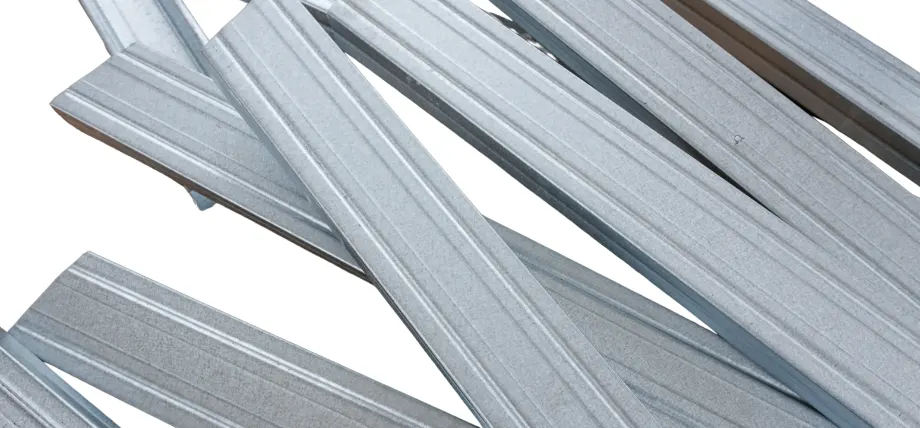
Title: Steel Channels
Type 304L Stainless Steel
Stainless steel 304L has similar properties and composition to type 304. The ‘L’ in type 304L stainless steel stands for ‘low’. With the same basic makeup, it has a lower percentage composition of carbon.
304L stainless steel has lower carbon content and the maximum limit for carbon is 0.03% vs 304 stainless steel that has a maximum limit of 0.08%.
| Carbon | Manganese | Silicon | Phosphorus | Sulfur | Chromium | Nickel | ||
| % Composition | Maximum 0.03 | Maximum 2 | Maximum 1 | 0.045 | 0.030 | 18.0-20.0 | 8-12 |
Composition of 304L Stainless Steel; Source: Matweb
| Mechanical Property | |
| Tensile Strength | 564 MPa |
| Yield Strength | 210 MPa |
| Elongation at Break | 58% |
| Elastic Modulus | 200 GPa |
| Poisson’s ratio | 0.29 |
Table of Mechanical properties (304L stainless steel); Source: Matweb, spacematdb
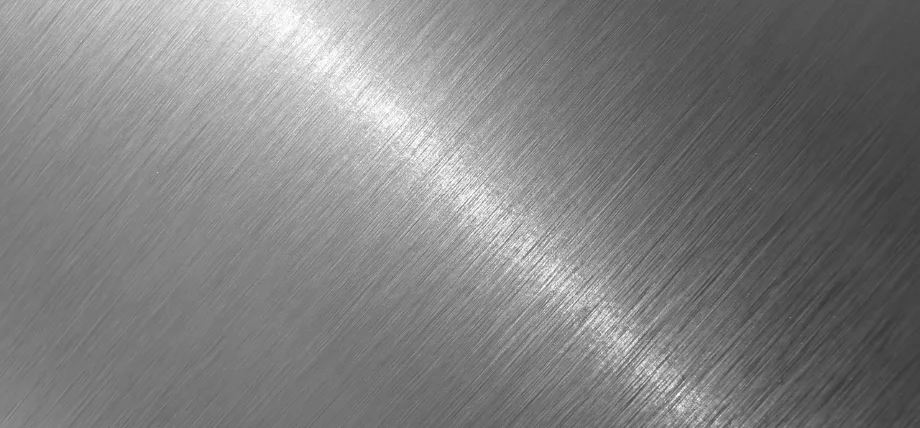
Title: Steel surface
Try Prolean Now!
Property Comparison of 304 and 304L Stainless Steel
Tensile Strength
Material properties of 304 stainless steel offer a higher tensile strength. The difference is approximately 5- 40 MPa due to the higher carbon content, but in all practical applications, both steel perform similarly.
Corrosion Resistance
Both 304L and 304 offer good corrosion resistance due to the identical chromium and nickel content. However, the 304L’s lower carbon content reduces carbide precipitation which leads to chromium depletion and further leads to intergranular corrosion. 304L can be used without needing heat treatment post-welding because it retains its corrosion resistance near welds. 304L has higher intergranular corrosion resistance.
Weldability
304 stainless steel has good weldability and can be welded using standard TIG or MIG welding techniques. Since type 304 has higher carbon in its chemical composition, this can lead to carbide precipitation at high temperatures (above 500°C).
304 requires post-weld annealing which can add to the overall costs. Without annealing, 304 welds are not suitable for corrosive environments.
304L has better weldability than type 304 because it has lower carbon content which reduces carbide formation retaining corrosion resistance near welds.
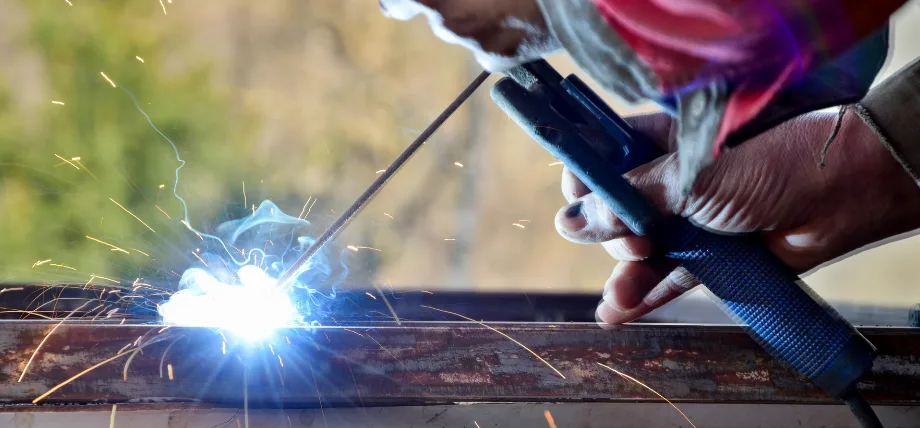
Title: welding steel
Hardness
Other key differences between the two steel type can be seen in their hardness. 304L typically has a lower hardness than 304 due to the higher carbon in type 304. The typical value is around 160 HB.
The hardness changes based on processes like cold-working and heat treatment. The difference in hardness of steel lies in the carbon content. Lower carbon in 304L reduces its ability to form a relatively rigid structure.
Cost
Compared to other stainless steel on the market, 304L is slightly more expensive than 304 but comparing it to other low-carbon steel, 316 stainless steel is much more expensive. Both steel are austenitic steel which means they are non-magnetic and have a FCC structure.
304L requires special processes during production to strictly control the carbon ratio.
Composition Comparison of 304 VS 304L Stainless Steel
|
304 Stainless Steel |
304L Stainless Steel |
|
|
C |
Maximum 0.08 |
Maximum 0.03 |
|
Cr |
18 – 20 |
18 – 20 |
|
Fe |
66.345 – 74 |
Balance |
|
Mn |
2 |
2 |
|
Ni |
8 – 10.5 |
8 – 12 |
|
P |
0.045 |
0.045 |
|
S |
0.03 |
0.03 |
|
Si |
1 |
1 |
Table comparing the chemical composition of 304 vs 304L stainless steel
Try Prolean Now!
Application Difference Between 304 and 304L Stainless Steel
Different types of stainless steel grades have different applications.
304 Stainless Steel Applications
-
- Food processing equipment: 304 is primarily used in food-safe containers and kitchen utensils and countertops. It is used in storage containers and conveyors.
- Architectural: 304 is a durable metal and is used in claddings, building facades, and decorative panels.
- Chemical plants and pharmaceutical industry: 304 is one of the most widely used in piping and tanks to handle corrosive materials. It is corrosion-resistant and highly resistant to chemicals.
- Surgical Instruments: 304 is suitable for applications in the medical industry, especially surgical tools because it can resist chemicals and go through sterilization processes.
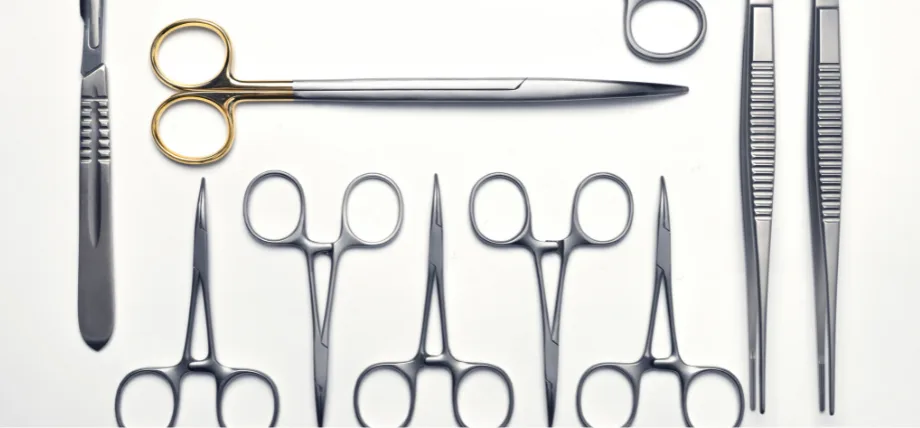
Title: surgical tools
304L Stainless Steel Applications
-
- 304L is widely used in applications across chemical processing plants, marine applications and applications that require welding and resistance to corrosion.
- Pressure vessels: 304L has excellent weldability and pressure vessel manufacturing requires welding panels and sheets without compromising chemical resistance. While it would be structurally weaker than standard 304 (marginally), the weldability compensates for this specific use.
- High-temperature applications: type 304L is also used in applications where post-weld annealing is not practical. It is worth noting, it has lower tensile and yield strength.
When To Use Stainless Steel 304L?
304L grade has its own unique properties that make it ideal for many applications. Here is a small criteria that can help you decide when to use 304L stainless steel.
Welding Requirement
304L is best suited for your needs when your project involves TIG welding stainless steel while maintaining corrosion resistance.
Low Carbon
The low carbon reduces the risk of carbide precipitation which is important as HAZ can lead to intergranular corrosion.
Moderate Strength
304L provides excellent weldability, corrosion resistance and slightly better machinability at the cost of lower strength. You can use 304L for a variety of applications requiring lower strength.
Stainless Steel Fabrication Partner
Are you looking for high-quality stainless steel fabrication service? Partner with us today for high-precision machining and access to our material stock.
Contact us now to receive a custom quote for absolutely free.
FAQ
What is the difference between 304 and 304L?
304 or 304l are two alloys of stainless steel with the main difference being the maximum allowable carbon content. 304 stainless steel has 0.08% carbon while 304L has a lower 0.03% carbon.
Is 304L more expensive than 304?
The price of 304L is $2.85 / Kg which is more expensive than 304
What does the L stand for in 304L?
The L in type 304L stands for “lower”, referring to the lower carbon percentage in its chemical composition.
Which is better 304L or 316?
Type 316 has superior corrosion resistance and strength. Type 316L has superior weldability compared to 304L.

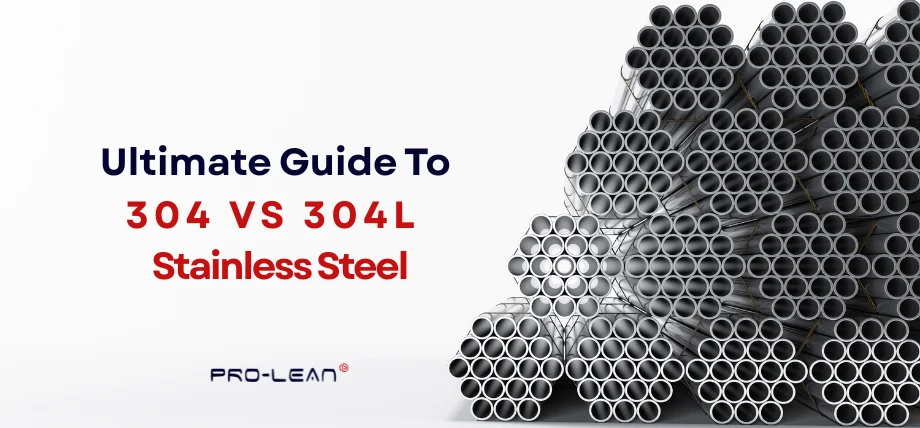
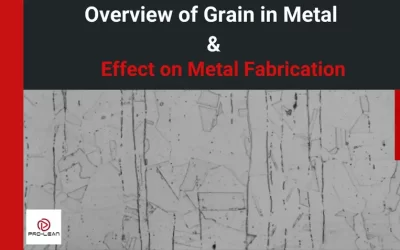
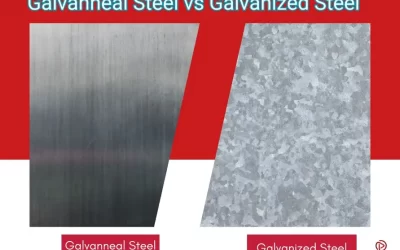
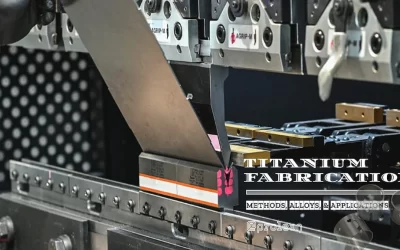
0 Comments